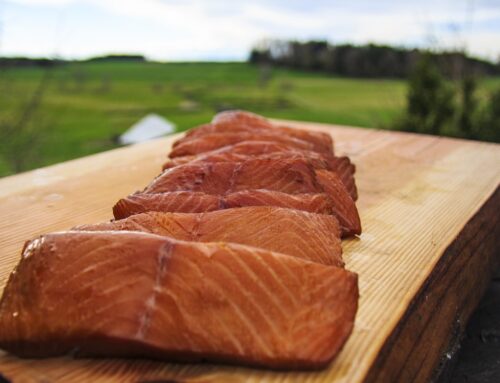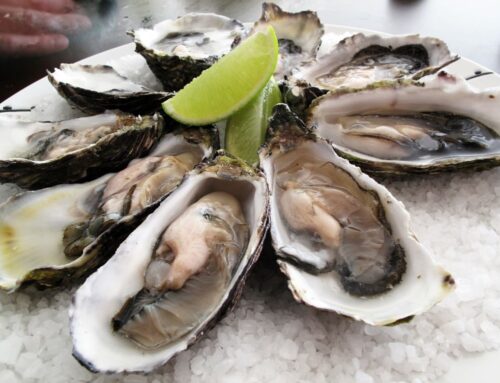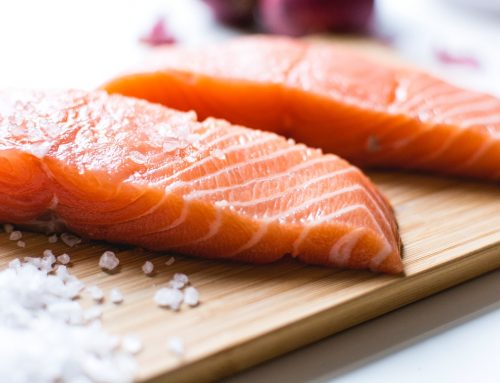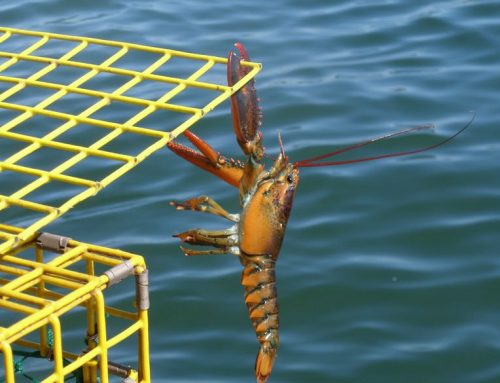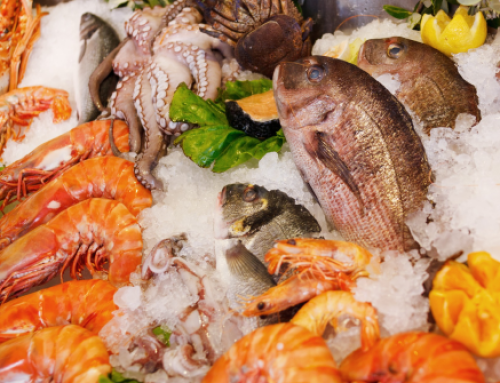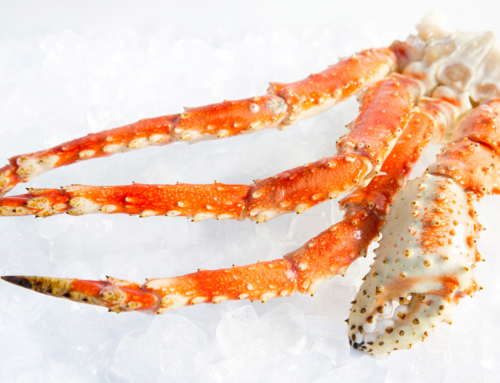Boiling lobsters alive sounds cruel, and certainly some people believe that cooking live lobsters is inhumane. But boiling lobster alive is still a common method of preparing lobsters. We’ll be honest: It’s the method we use, and we think it’s the best and safest from the eater’s point of view.
You might have seen someone cook a live lobster whether in a TV show, movie, or cooking show and are familiar with the stress of boiling live lobster. Still, you probably have a handful of questions about boiling lobsters alive. This this guide should answer all your most pressing questions about cooking lobsters alive.
Why do we boil lobsters alive?
Anytime you are cooking seafood, you have to take careful precautions to avoid food poisoning. Cooking lobster is no exception. The longer you wait before cooking dead and raw lobsters, the higher the chance the bacteria within the lobster will fester and become a problem. Once bacteria begin to grow on the seafood, removing it is very difficult.
We boil lobsters alive to reduce the chance that the bacteria will grow and cause food poisoning. This way, the lobster remains alive until you cook them, keeping the bacteria at bay. If you buy lobster that is already dead, or your lobsters arrive dead in the mail, you need to assess the risks of cooking the lobster. Most of the time, if the lobster remains cold enough, you can safely cook and enjoy it. If you notice anything off with the lobster, such as a damaged shell or odd smell, it safe. Don’t eat ‘em.
Is it cruel to boil lobsters alive?
Lobsters have nervous systems, which makes the question of cruelty a bit complex. Lobsters are capable of feeling pain and do react when you boil them. Lobsters will often thrash inside the boiling pot and twitch their tail, which are two indications that the lobster is trying to escape and may be experiencing pain.
Because there is some scientific consensus that lobsters feel pain, some anti-cruelty advocates are against boiling lobster alive. If lobster feel pain, then you might consider any method of killing lobster cruel if it inflicts pain. However, not everyone agrees on this point. Some are doubtful that the reactions from lobsters are responses to their environment rather than to pain. The debate on this issue continues.
Can a live lobster scream?
Even though lobsters do not have the ability to make noises, some people claim to hear live lobsters “scream” when they are in the boiling water. Lobsters do not have vocal cords to produce the noise, so what’s the noise that escapes? The noise you hear after putting a live lobster into boiling water is high-pressured steam leaving the shell through small openings– like a tea kettle whistling.
Lobster might make this noise when alive if they overheat for any reason. The whistling scream is not a noise directly linked to the boiling process. Still, if you’re not prepared for the whistling, the noise can be unsettling. It is always best to review the steps of the cooking process. You might even watch a video to prepare.
How do you cook a live lobster humanely?
Given the information about how lobsters experience pain, you may wonder how to cook a live lobster in a humane way. Groups like PETA find all methods of cooking lobster inhumane since the lobster can experience pain. They suggest not eating lobster at all, but we don’t think that’s a viable option. There are some suggestions to make the cooking process more humane.
- Freeze the lobster 15-20 minutes before cooking. The freezer numbs the lobster and minimizes how long they twitch.
- Use a kitchen knife to pierce the lobster between the eyes to kill the lobster first before cooking. Make sure you do this right before placing them in the water.
- Place the lobster head-first into the boiling water.
- Buy lobster meat that was gathered using a humane killing method, such as stunning the lobster.
You can use these methods in combination with one another to make cooking lobster alive more humane and less stressful.
Is boiling lobster alive illegal?
Some countries have made cooking live lobsters illegal, and it may not be long until more countries follow suit. Switzerland and some parts of Italy have outlawed cooking lobster alive. They require the use of a method such as electrically stunning the lobster or mechanically crushing the head of the lobster.
While the number of countries that outlaw boiling live lobsters is small, more countries will likely create their own laws guaranteeing humane treatment for lobsters and other crustaceans. For the home chef, these laws would make cooking a live lobster at home much more difficult and may require you to purchase a lobster that is already dead. Professional chefs and seafood mongers will likely have to invest in the right equipment to process live lobster in accordance with the law.
Lobster laws will continue to evolve as scientists collect more knowledge about how lobster feel and experience pain. You can expect more countries to adopt lobster laws and more action from anti-cruelty organizations.


